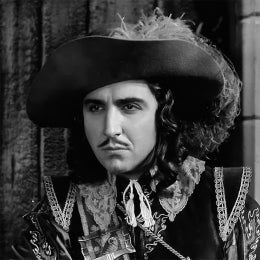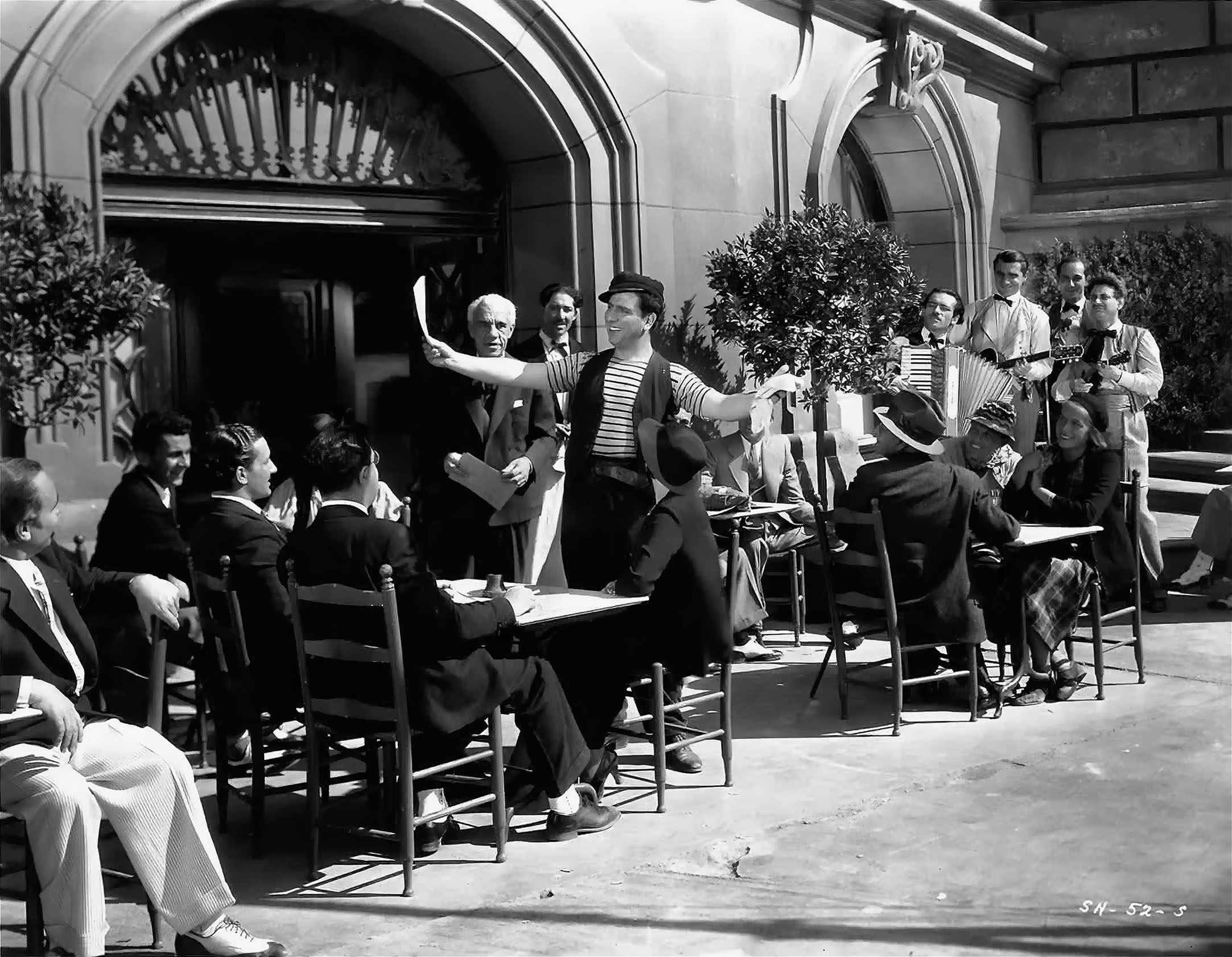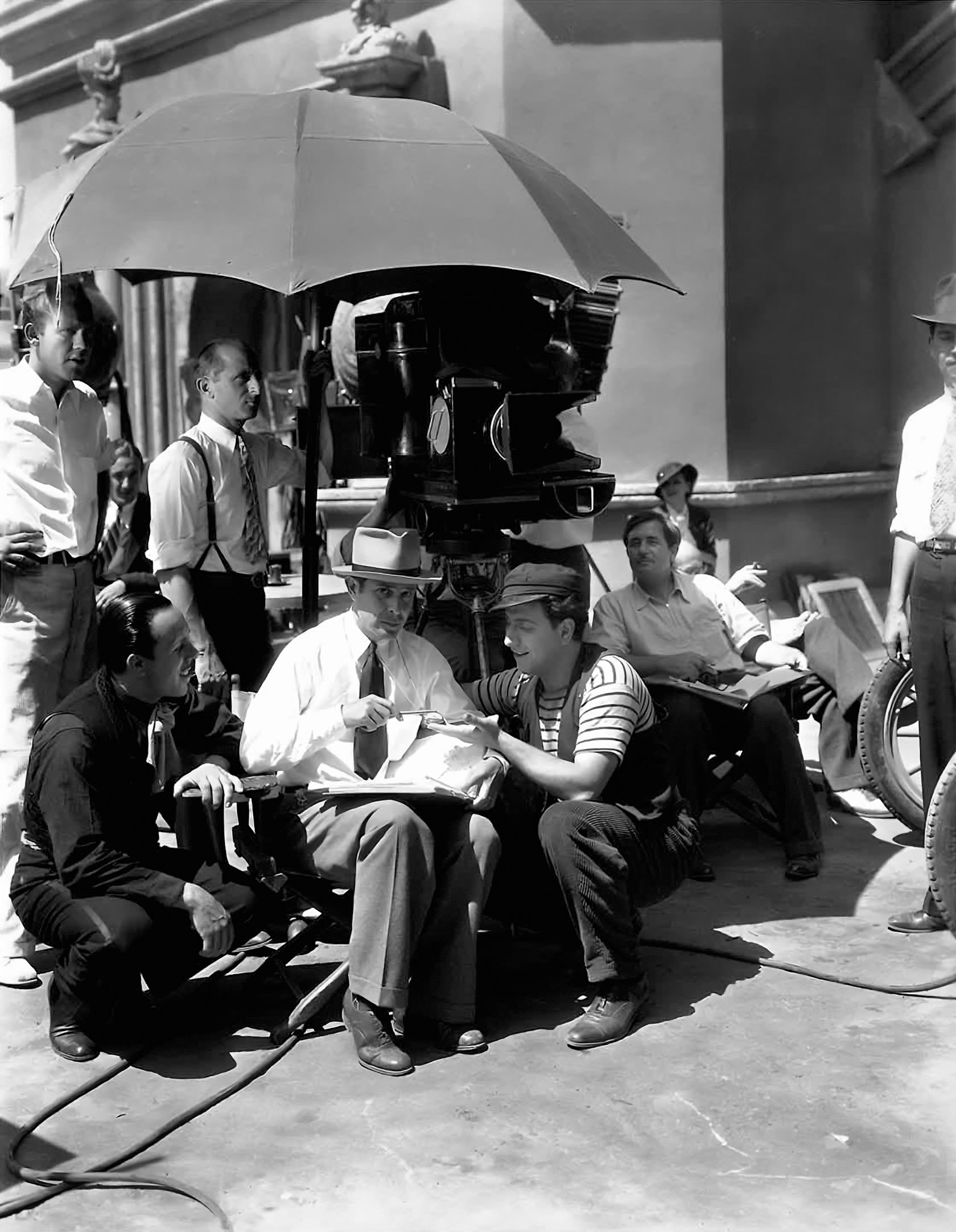
The University of California, Santa Barbara (UCSB) Library's Performing Arts Collection has recently been enriched by a significant donation from Andrew Farkas, a distinguished librarian, opera scholar, and biographer. With his donation, Farkas created The Enrico Caruso Jr. Collection, which contains rare recordings, manuscripts, photographs, and personal correspondence related to the legendary tenor Enrico Caruso and his son, Enrico Caruso Jr., offering invaluable resources for researchers and enthusiasts of operatic history.
Born in Budapest, Hungary, Farkas developed a passion for opera during his youth, frequently attending performances at the local opera company and fostering a lifelong dedication to the art form. Farkas immigrated to the US and earned his Master of Library Science degree, and enjoyed a long tenure as the founding Library Director at the University of North Florida, where he served from May 1970 until his retirement in June 2003. His contributions to the field extended beyond librarianship. As an avid opera aficionado, Farkas authored numerous articles, book chapters, encyclopedia entries, and five books on notable opera personalities, including a definitive biography of Enrico Caruso co-authored with the tenor's son, Enrico Caruso Jr., titled Enrico Caruso: My Father and My Family.
 Enrico Caruso (1873–1921) was an Italian operatic tenor whose powerful voice and expressive performances made him one of the most celebrated singers of his time. He was a pioneer in the early recording industry, becoming the first major opera star to embrace sound recording, which helped popularize both his voice and the medium itself. His recordings set new standards for vocal artistry and played a crucial role in demonstrating the commercial potential of recorded music, shaping the future of the music industry.
Enrico Caruso (1873–1921) was an Italian operatic tenor whose powerful voice and expressive performances made him one of the most celebrated singers of his time. He was a pioneer in the early recording industry, becoming the first major opera star to embrace sound recording, which helped popularize both his voice and the medium itself. His recordings set new standards for vocal artistry and played a crucial role in demonstrating the commercial potential of recorded music, shaping the future of the music industry.
Farkas's deep connection with the Caruso family began serendipitously in 1983 when a friend introduced him to Enrico Caruso Jr, Caruso’s youngest son. This introduction led to a close friendship, with Farkas and Caruso Jr. sharing weekly dinners and engaging in extensive conversations about opera and the Caruso legacy until Caruso Jr.'s death in 1987. Farkas meticulously recorded and transcribed these conversations, amassing a wealth of firsthand accounts and insights into the life of the elder Caruso, one of opera's most iconic figures.
Through his friendship with Caruso Jr. and subsequent acquisitions, Farkas became the custodian of a remarkable collection of Caruso memorabilia. Recognizing the importance of preserving and sharing these materials with future generations, Farkas sought an appropriate steward for his collection. "UCSB was the natural choice for this collection because of its commitment to supporting research in the performing arts," Farkas explained. "I was also influenced by my friend Bill Moran’s decision to choose UCSB as the home of his collection and by his financial investment in the program. Ultimately, I wanted to ensure that future generations of scholars and opera enthusiasts would have access to these invaluable materials."
 The collection features rare 78 rpm recordings of Enrico Caruso Jr. from 1939, which document the unique timbre of his voice. It also includes lacquer recordings of radio interviews with Caruso Jr. and his wife between 1945 and 1956, offering insights into their lives and musical careers. Additionally, the donation contains scripts and 154 photographs from Caruso Jr.’s 1930s era Warner Bros films La Buenaventura and El Cantante de Napoles, along with the original manuscript score of "Tarantella" by composer Alberto Conti.
The collection features rare 78 rpm recordings of Enrico Caruso Jr. from 1939, which document the unique timbre of his voice. It also includes lacquer recordings of radio interviews with Caruso Jr. and his wife between 1945 and 1956, offering insights into their lives and musical careers. Additionally, the donation contains scripts and 154 photographs from Caruso Jr.’s 1930s era Warner Bros films La Buenaventura and El Cantante de Napoles, along with the original manuscript score of "Tarantella" by composer Alberto Conti.
A particularly unique and personal aspect of the collection is a series of 29 handwritten letters from Ada Giachetti, the estranged common-law wife of the elder Caruso, to their son, Enrico Caruso Jr. These letters, written from Brazil between 1938 and her death in 1946, offer insight into her life and relationship with her son. Each Italian-language letter includes an English translation by Caruso Jr.
The addition of The Enrico Caruso Jr. Collection significantly enhances the UCSB Library's Performing Arts Collection, which is renowned for its extensive holdings in music, theater, radio, recorded sound, and related disciplines. The collection's depth, particularly in the realm of operatic history, will allow researchers, students, and enthusiasts to have unprecedented access to rare materials that shed light on the Caruso family's artistic contributions and personal narratives.
“This donation perfectly complements our current holdings of Enrico Caruso recordings with one-of-a-kind primary source materials,” says Performing Arts Curator David Seubert. “The rarity and breadth of this collection will provide support to scholars and enthusiasts worldwide to explore the rich legacy of the Caruso family.”
Image Captions
- Enrico Caruso Jr. as Enrico Baroni in the film La Buenaventura (1934).
- Enrico Caruso Jr. as Enrico Daspurro in the musical film El Cantante de Napoles (1935).
- Enrico Caruso Jr. during the filming of El Cantante de Napoles.


